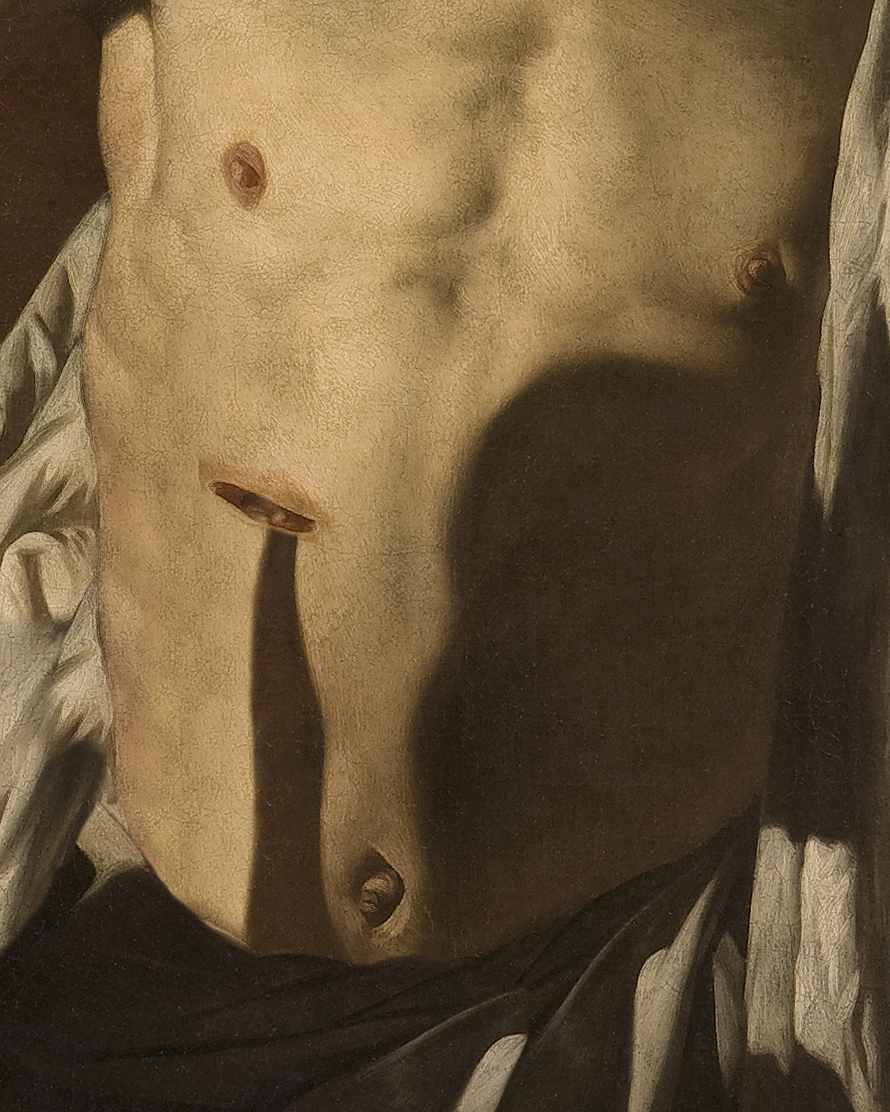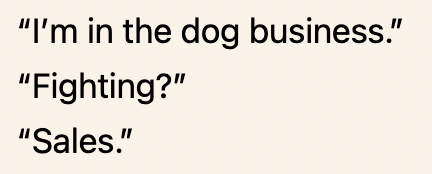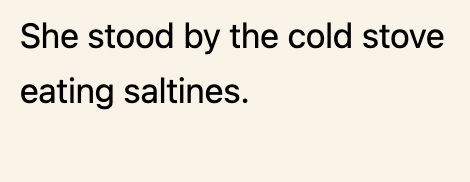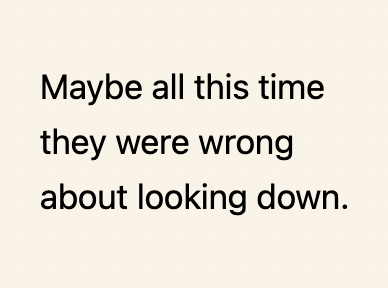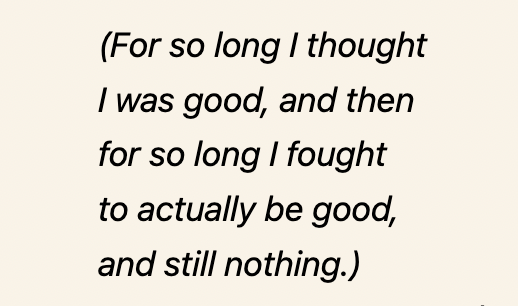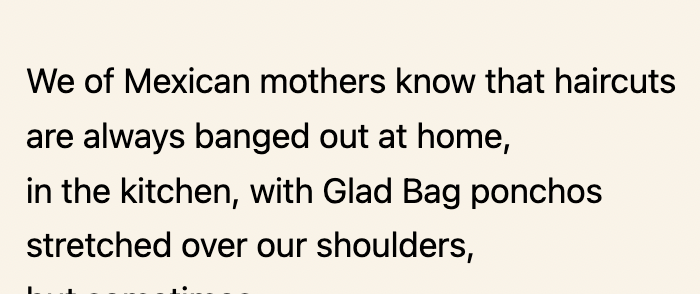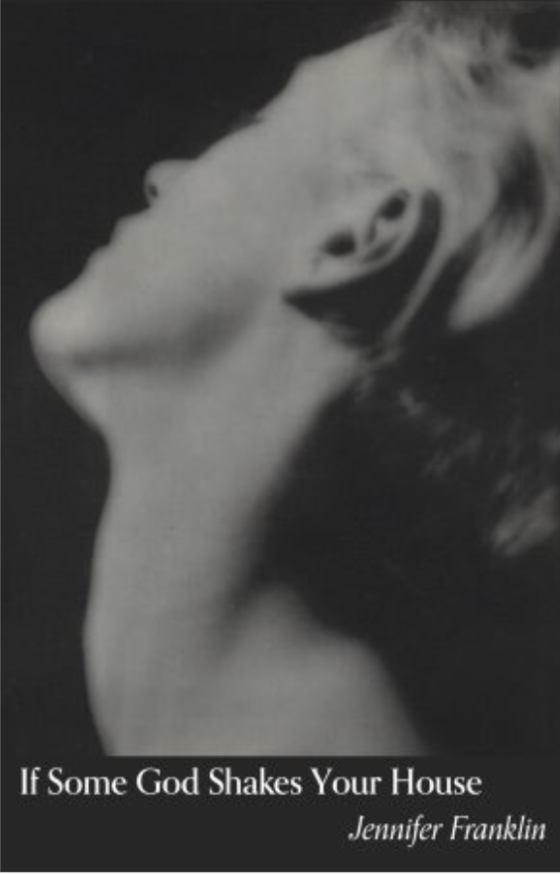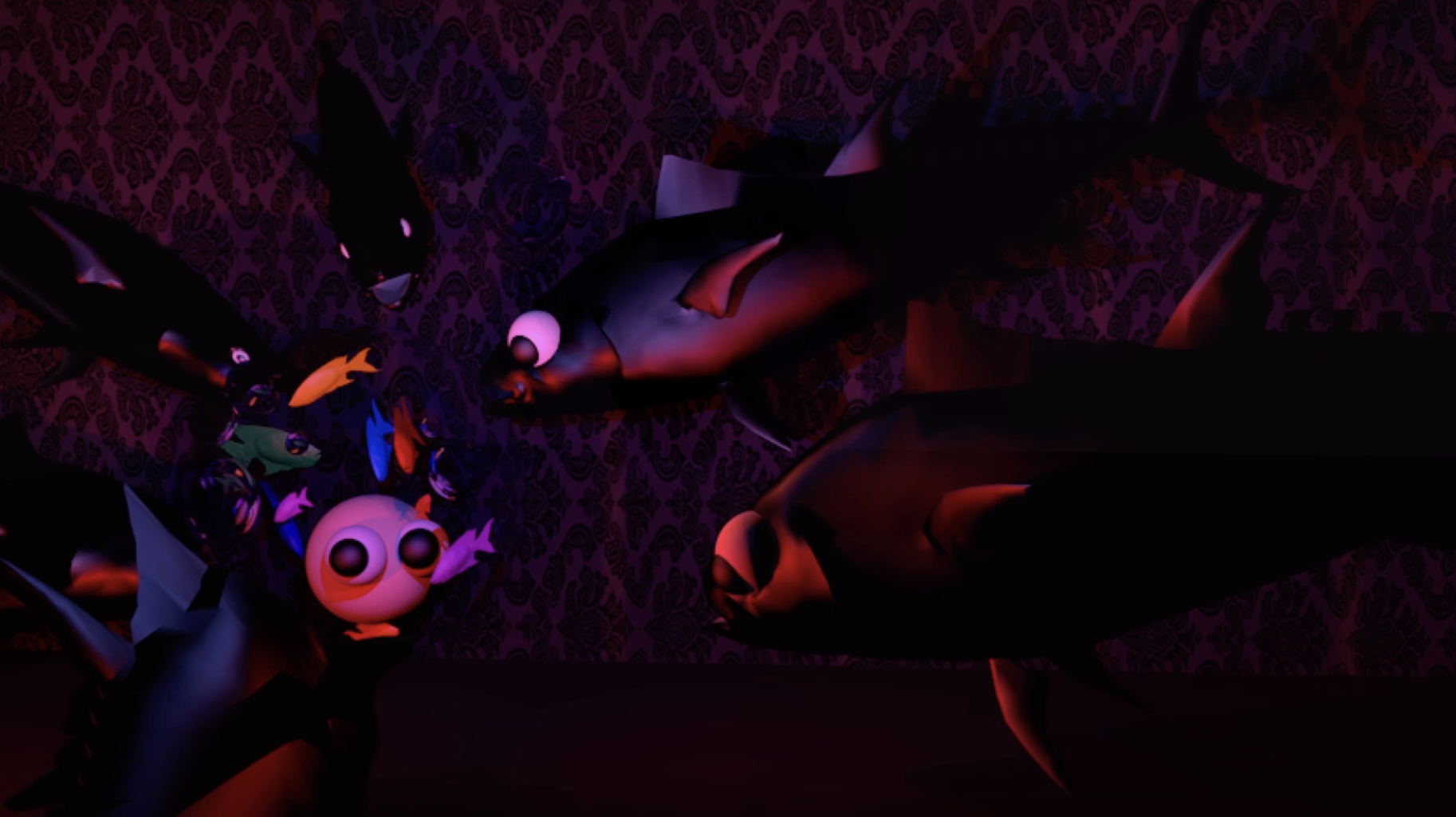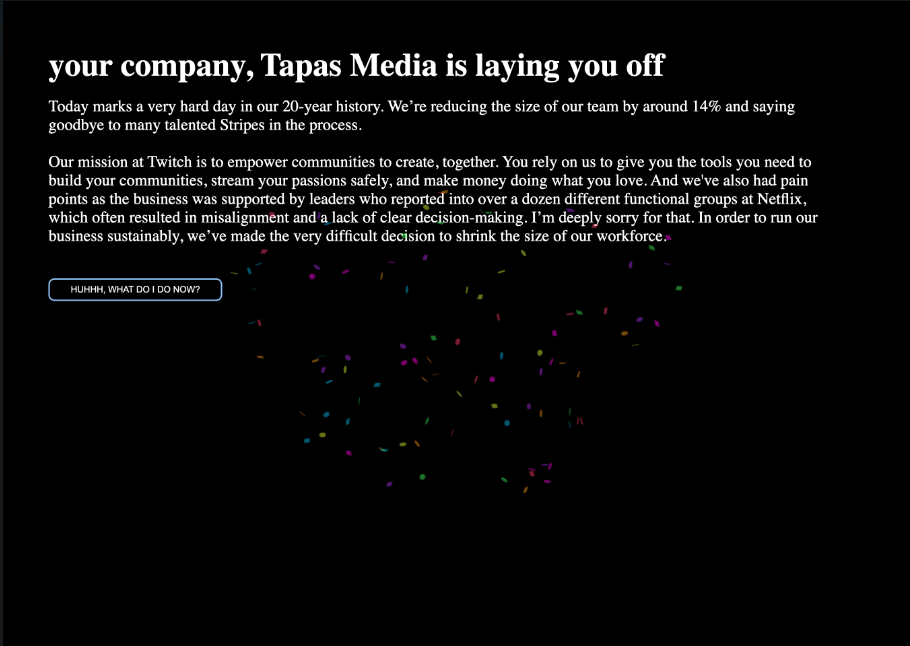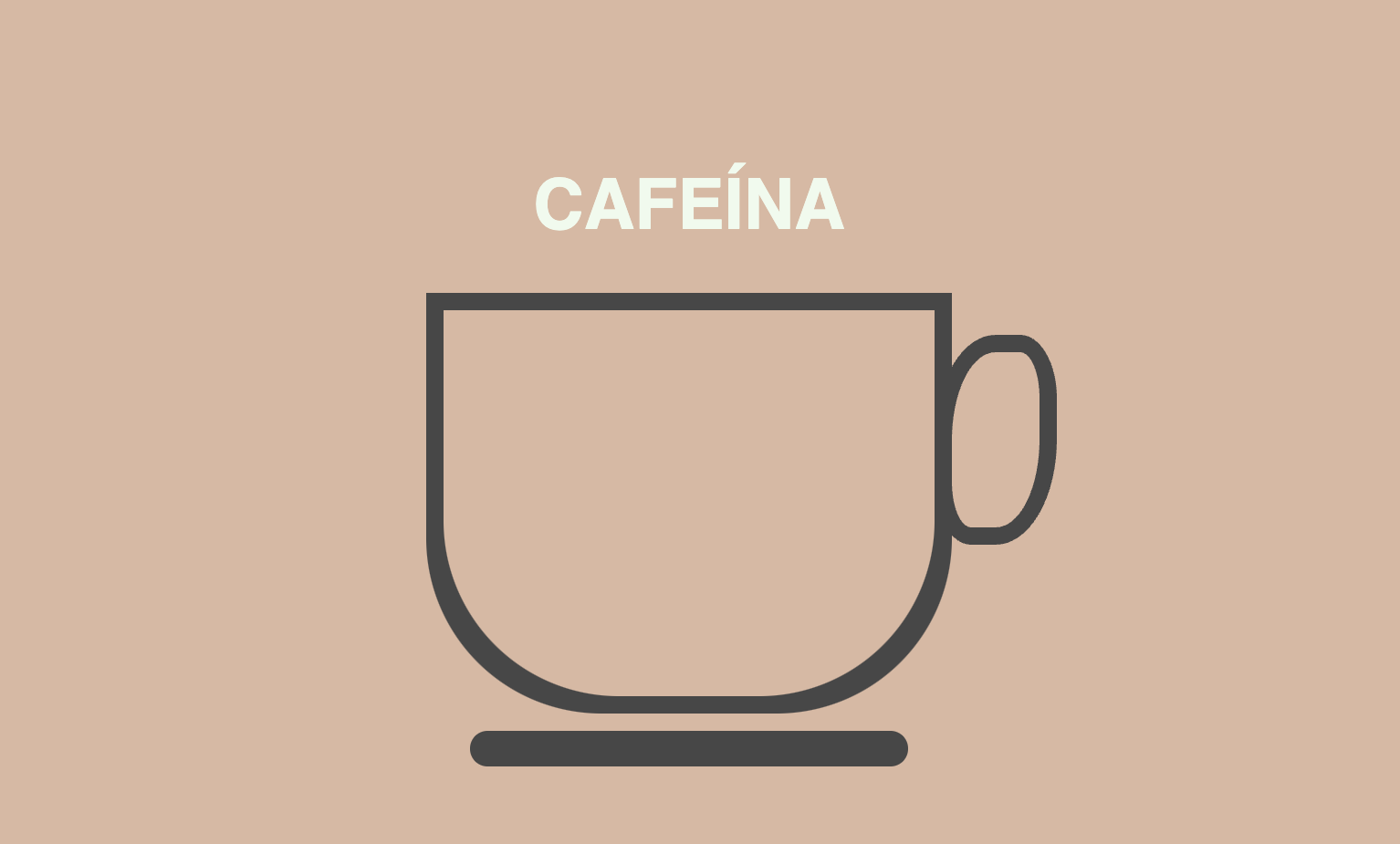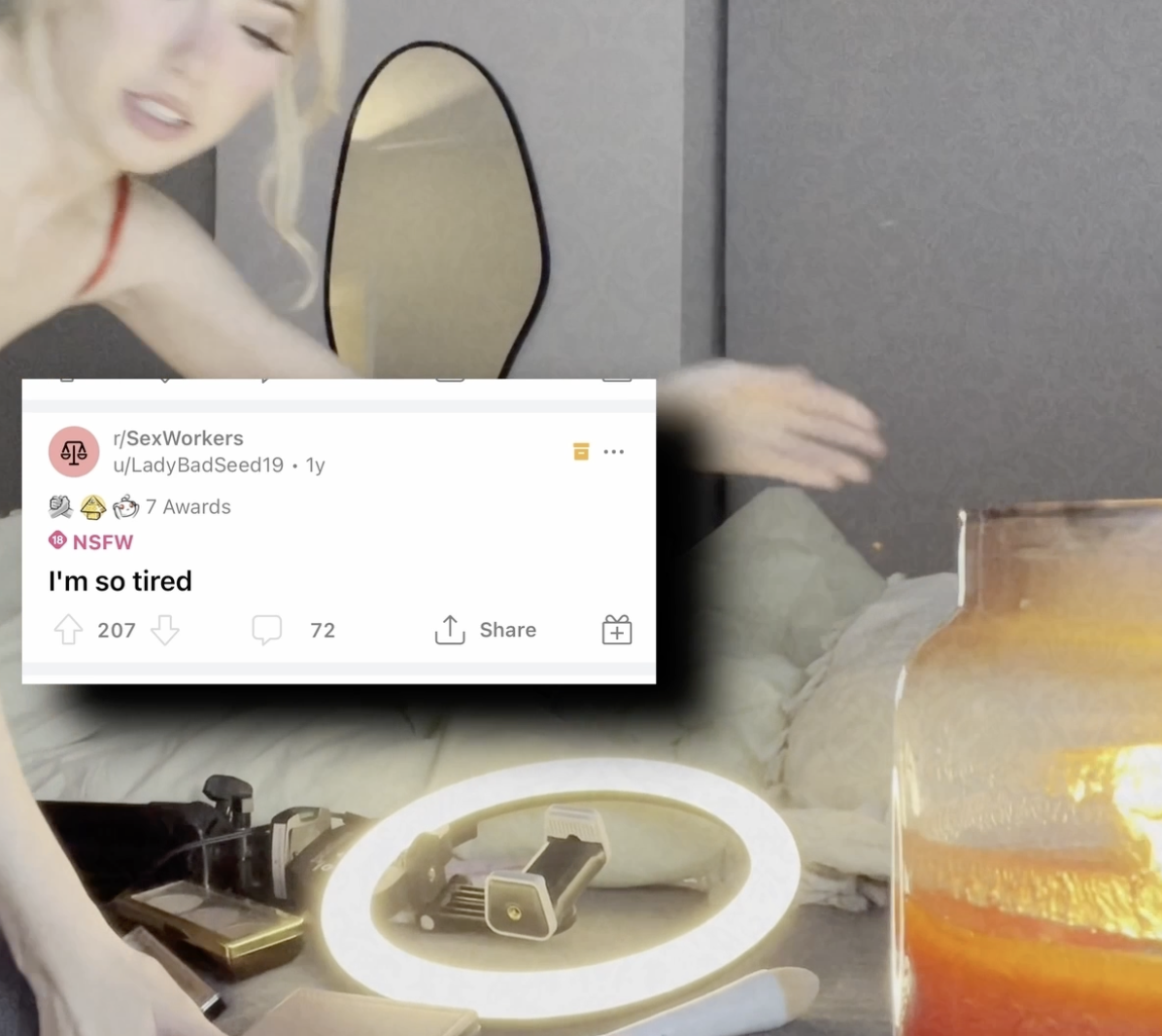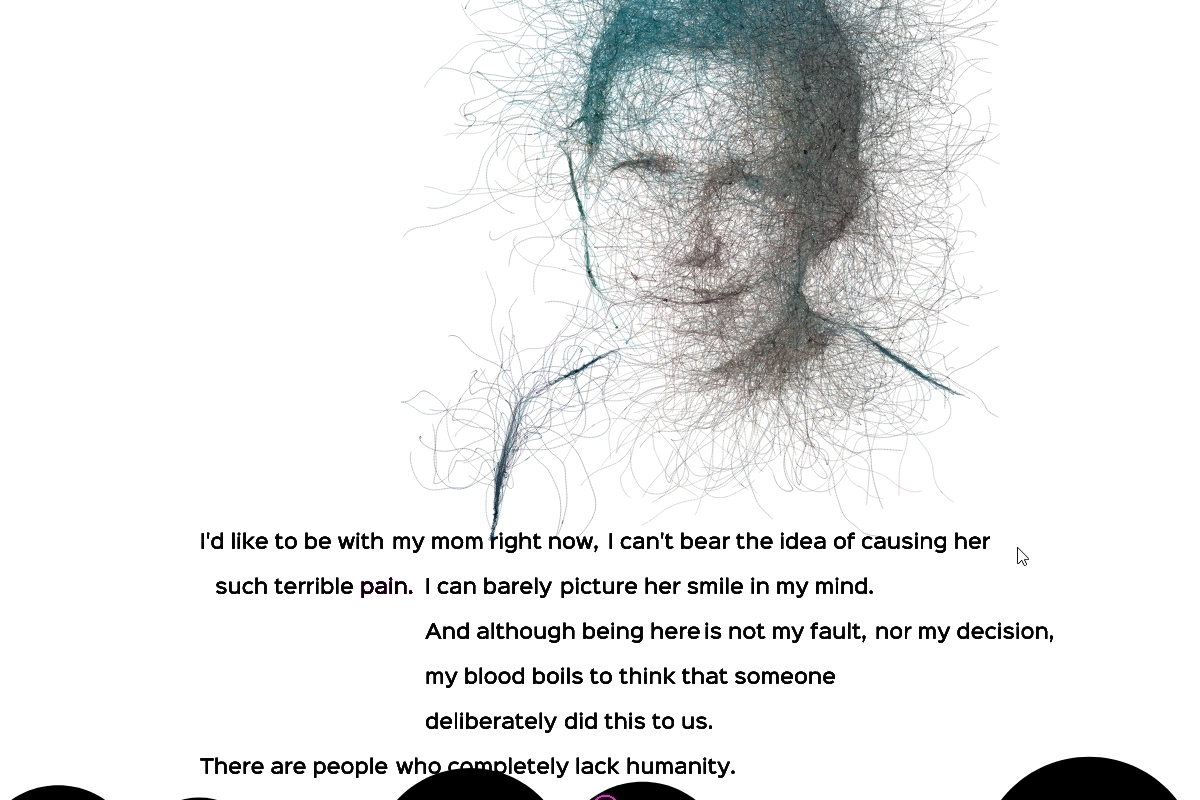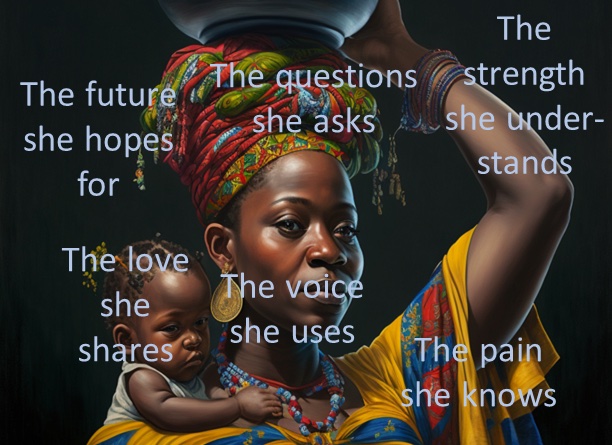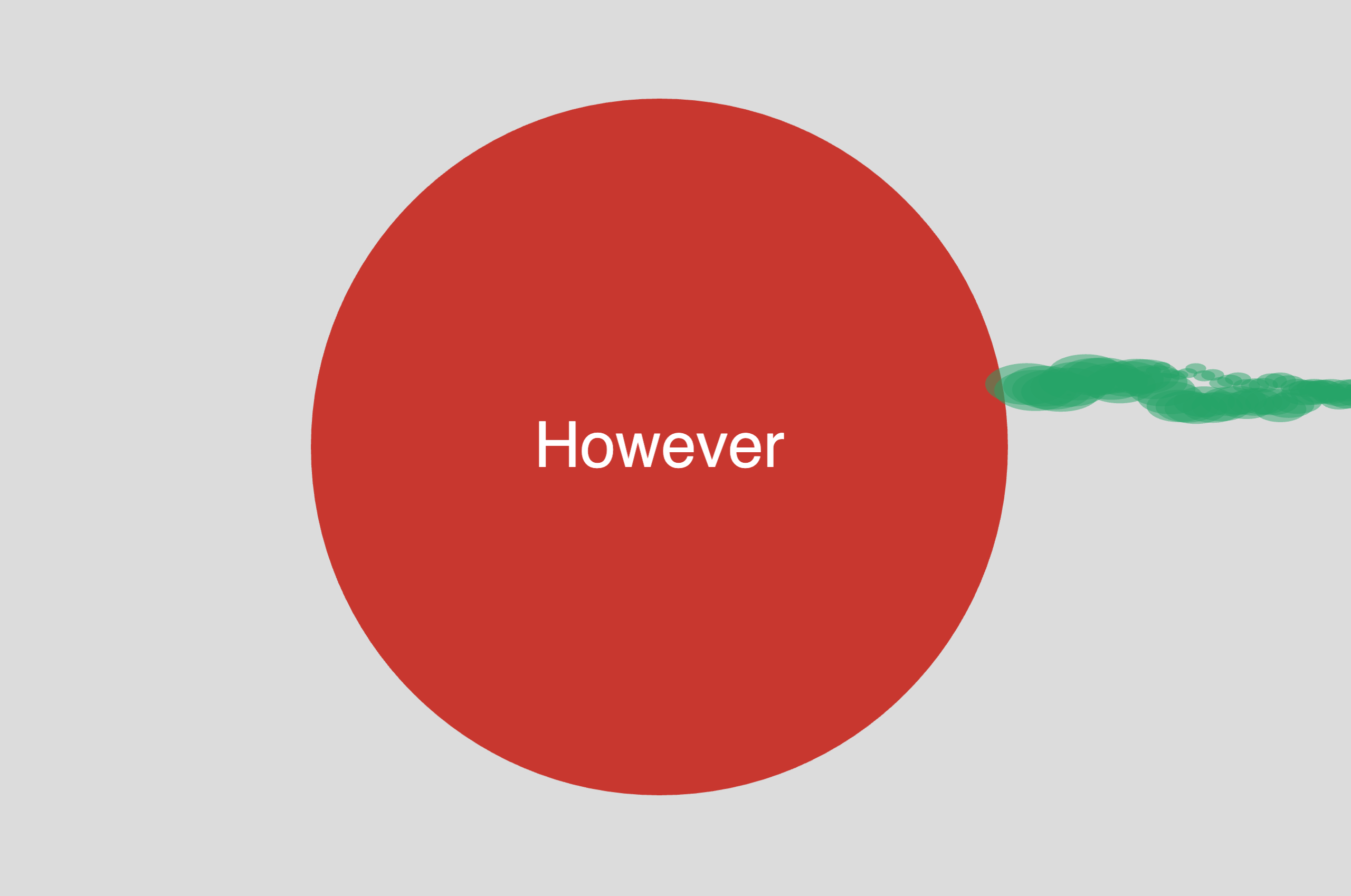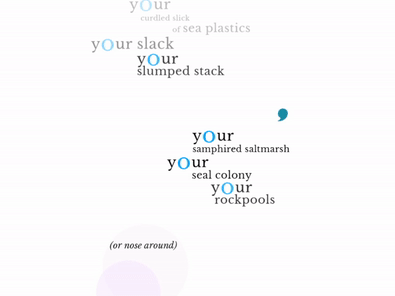Spring 2022 Editors’ Note
By Kayla Murphy and Shannon Sullivan
We find ourselves still lingering in a time charged with exhausted uncertainty, stretching hope so far and thin that it registers as desperation. Now more than ever we are looking to escape to other worlds. Our purpose for this edition was to be moved, to find pieces that showcased many different worlds, ranging from slices of life––the delicate deliciousness found in the ordinary, how we find faith in such pieces of living––to the abstract, which we find ourselves surrendering to daily, the worlds that ask us to abandon linear narratives, the straightforward and the usual, to enter into a lyrical spiral of color, sound, and imagination, allowing us to be enfolded in the comfort of the unknown.
The mission of The New River is to follow the way the advent of computers and technology influenced the direction of writing and art. Now more than ever we understand our intimate relationships with our screens; how we interact with technology is possibly sacred, a private practice in which we both happen to the devices and allow the devices to happen to us. The pieces we’ve selected for this issue capture and harness the power of this exchange.
In S4RA’s “privacy-GrDN.info,” by placing automation within a simulated i̶d̶l̶e̶ garden it raises the complexity of what being human is in this electronic age. Learning, leisure, and work share the same interchangeable framework in this post-truth dynamic where operations are engineered in an ambiguous way to praise & glorify the strenuous path of the c̶o̶n̶t̶e̶m̶p̶o̶r̶a̶r̶y̶ labor system.
John Cayley and Daniel Howe’s Preoccupations presents prose-poetic and discursive ‘translations’ between a pair of structurally related texts, set respectively in contemplative-rural and combative-urban environments. Words and phrases in each are connected via an associative chain of intermediaries, along which the piece perambulates, with dynamic word-level replacements occurring in real time. These replacements may rhyme, ‘sound like’, or ‘look like’ their predecessors. Beginning in one or the other of the texts, the piece sets out in the direction of its counterpart. Via a retained history of its path — unique to each iteration — it then attempts to return, shuffling back through this history towards its starting point. Upon reaching, or failing to reach, its destination it sets out immediately once again, with each journey a transversal (of proximal texts in a high-dimensional vector space …) toward the possibility of parallel expeditions, both feared and desired. Where is it that we are taking our daily walks, and why? These are the piece’s preoccupations, when “all space is occupied by the enemy.” (Raoul Vaneigem)
Sara Niroobakhsh’s “Shush Tar” is an augmented reality project which is inspired by a complicated irrigation system from the Sassanid era in the island city of Shushtar in Iran, which works together as a hydraulic system. Inspired by the artist’s own experiences visiting Shushtar as a child, this project comprises three houses and waterfalls created in blender and developed as AR project in X Code, which are operated by a software-generated app.
Richard Snyder’s “Flights” is a generative poem for the web about the familiarity of change. Created in HTML5, CSS3, and JavaScript, “Flights” also utilizes hand-drawn illustrations and animations. Viewers can interact by highlighting words and clicking on images.
Alejandro López Pomares’s “A Town” is a Twitter account bot, programmed to generate a new post every three hours. The posts create and relate the lives of random people living in a town, weaving stories in the form of tweets. The cumulative experience that comes from reading these tweets challenges the audience to consider how we make meaning from randomness in the digital age.
Kelly Clare’s “air, glass, air” overlays computer and window screens, while the voiceover attempts to narrate and orient through it all. In the snowy blur, scrolling digital space merges with the fumbling of a blizzard, the clutter of a household.
Peter Duke’s ‘War Bop HUMBABA’ uses a JS algorithm, named HUMBABA, and the open source p5.js and rita.js. HUMBABA reads in a given poem-text (here, the seven stanzas of ‘War Bop’) and re-writes it beside that source, producing an echo or doubling and applying typographic interventions determined by relations between successive words. As it rewrites, it mishears and makes mistakes, but it is listening (it is programmed to search for replacement words by sound), and is asked to match the counted syllables in the source word. If it does not find a replacement that matches in this way, it leaves the source word unchanged. As it does this it also listens for words that match (in both the source and its double—the HUMBABA poem) to a given set of commentaries or glosses. If it finds such a match, it displays that word below, and from that word can be found (by touch) the commentary.
Kailum Graves’ “I am” consists of several hundred ‘I am’ statements sampled from BBC World News articles. In this piece, the artist struggles with their sense of self. The work is a self-reflective metaphysical question that the artist could only answer until recently—what does it feel like ‘to exist.’
In Every Building [Transition] on the [Google Street View] Sunset Strip is a revisiting and reimagining Edward Ruscha’s 25-foot-long accordion-folded book Every Building on the Sunset Strip (1966) in the interest of gaining a better understanding of contemporary photography in the current juncture of conceptual uncertainty and technological transition. The work, shot entirely with Google Street View in 2016 and edited in 2021, blends the relatively unchanged industrialized urban landscape of Los Angeles, which resembles any other industrialized city, with the imaging and digital mapping technologies of the surveillance age.
Antonio Robert’s “A Short History of Nearly Everything” is an audiovisual journey along the Thames Estuary, imagining the river is part of a network that absorbs all that is around it, which includes nature but also man-made materials, such as cables, technology and waste.
Using imagery of the bathtub, Fiona Leonard’s “Beyond the Trees” taps into the sense of feeling out of place in our own homes and our own bodies; this feeling has been brought into stark relief during the pandemic. And it connects with the most intimate of our behaviors — the rituals and spaces that we associate with our vulnerable self. But most importantly it offers the possibility of deviation — of going off course, of finding joy in unexpected places, and finding salvation in the arms of those we hold most dear.

